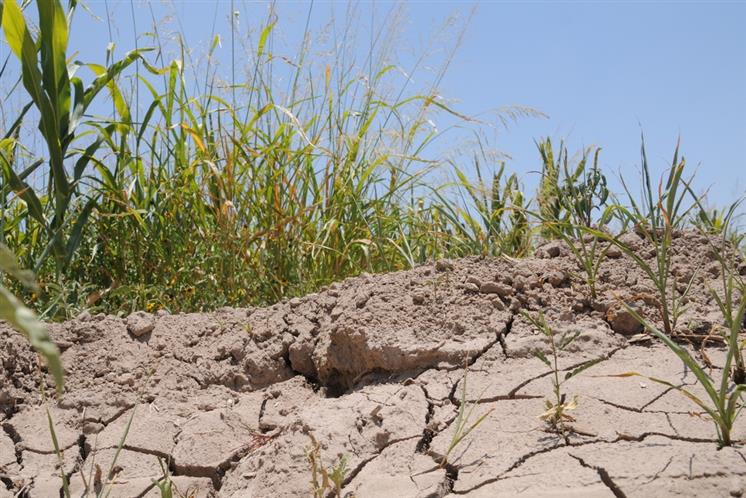Although the rainy season begins to take hold in June, called winter by Salvadorans, May left marks as less cold nights with increased temperatures of 1.6 degrees Celsius, becoming the “highest historical records of night temperature in 54 years,” the entity said.
In the previous month, there was a rainfall deficit of 53 percent, reporting 109.1 millimeters of precipitation compared to the same date in 2023, which reached 232.3 millimeters.
These anomalies are due to the El Niño phenomenon that affected the Pacific Ocean and the region, extending its period until June, where it is expected to pass to a neutral phase and then to a La Niña phenomenon, which means more rainfall.
During the previous period, MARN also reported high temperatures, recording a maximum of 41.5 degrees Celsius at the Güija station, in Santa Ana, on May 4 and 11.
In recent weeks, the passage of tropical waves and troughs increased rainfall and storms in various parts of the country, considered by experts a prelude to wetter weather.
jrr/jav/oda/lb









